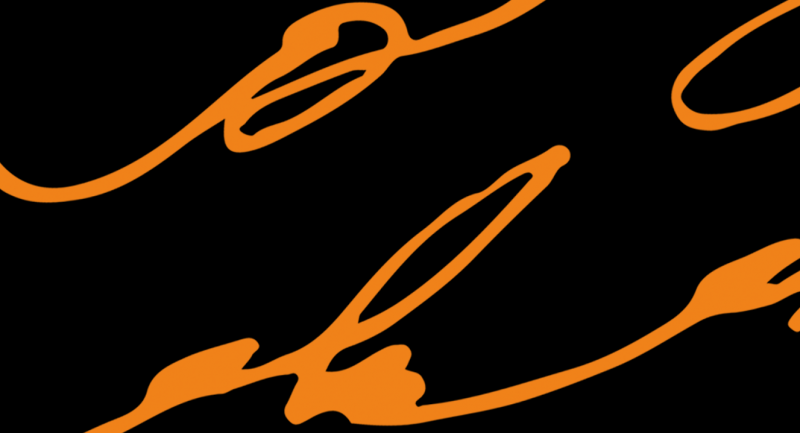
Travelling into the stark deserts of Kutch, I Saw Myself by Shabnam Virmani and Vipul Rikhi explores the contemporary presence of epic love legends of the region, such as Sohini-Mehar and Sasui-Punhu, brought to throbbing verse by the powerful eighteenth-century Sufi poet Shah Abdul Latif Bhitai. As the authors travel to villages to meet folk singers and lovers of Latif’s poetry, immersing in sessions that stretch into the night, they unearth a unique, thriving love-soaked ethos in which the call to oneness rings out like a defiant manifesto for our divisive times.
Retelling epics along with other tales and historical events that created the field of experience from which Shah Latif’s poems sprang, I Saw Myself brings into English a selection of his finest poems. A spell is cast, of story and song, of metaphor and meaning. The insights that emerge are subtle, even startling, radical at times, solace-giving at others, but always deeply meaningful.
Here’s what you should know about the famed poet!
Shah Abdul Latif lived from 1689 to 1752 CE, writing most of his poetry in the first half of the eighteenth century.
Soon after his birth, the Mughal empire in Delhi began to collapse and a Sindhi religious sect from Balochistan— the Kalhoras—gained ascendancy, ruling Sindh during much of Shah Latif’s later life, a time of relative political stability in Sindh
Latif is widely held to be the greatest poet of the Sindhi language. Most of his poetry was collected into a single work now referred to as Shah Jo Risalo.
Latif was born in a village called Hala Haveli in Sindh in a prominent Sayyad family (held to be descendants of Prophet Muhammad himself).
To read more about him, get your copy of I Saw Myself today!









